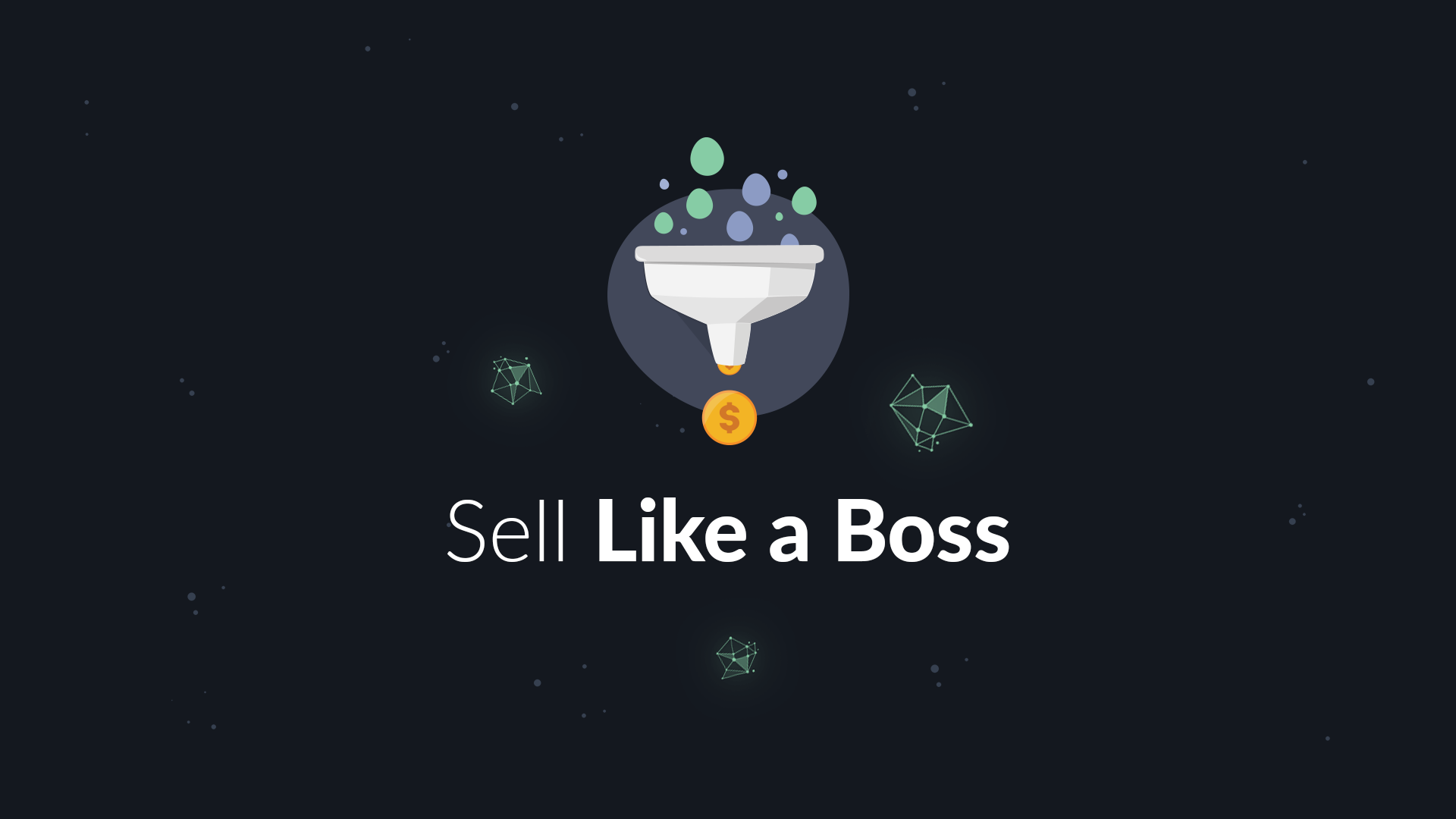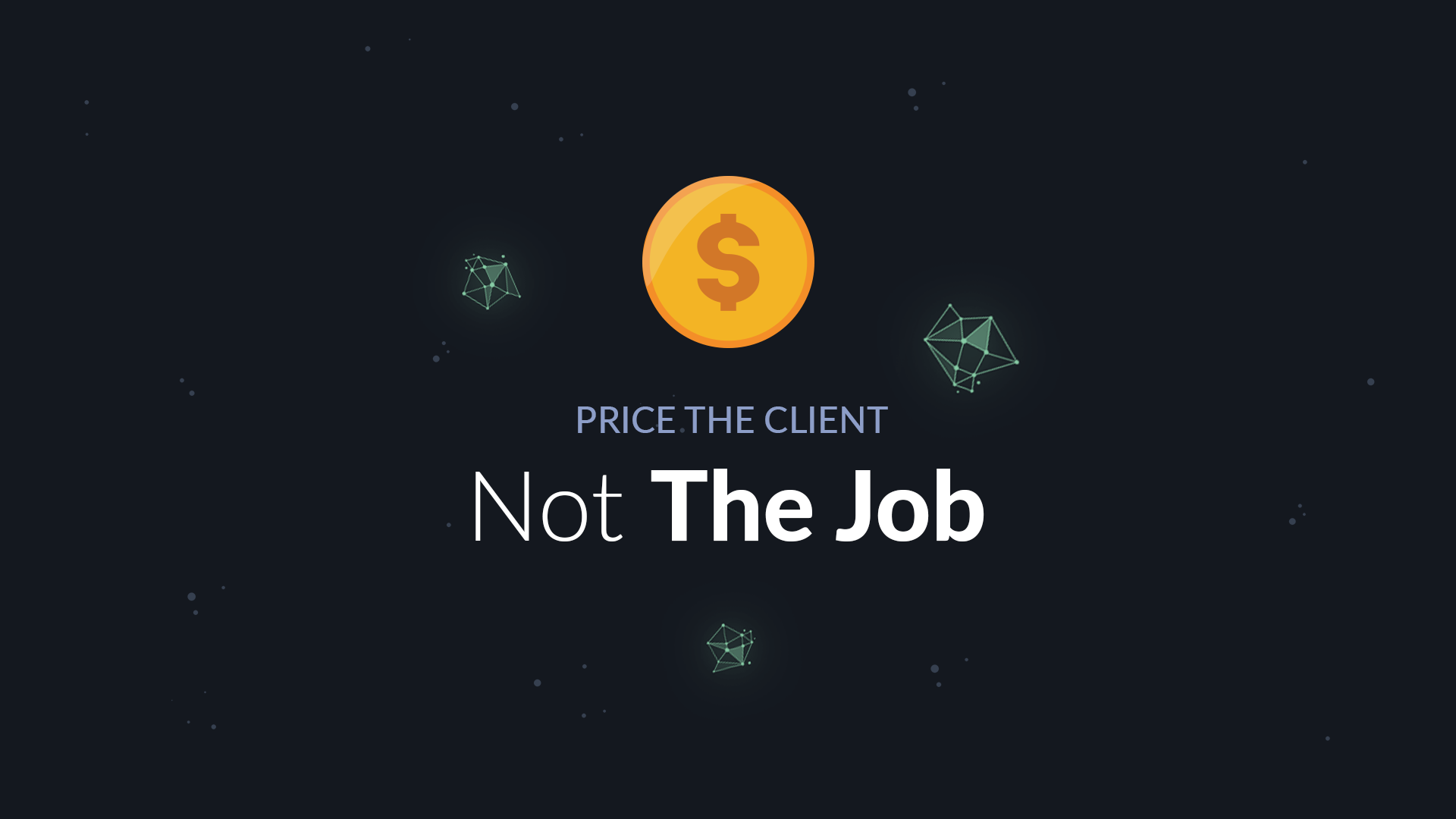The 10 Golden Rules of Sales
15 MIN READ
The art of selling is an all-time subject of interest and everyone keeps searching for know-how and strategies on how to become better at it. With all of the new technology we have available today, we are especially focused on the latest trends growth hacks on how to connect with more customers using all kinds of tools. But despite all the tools, it is the right approach, our understanding of customer needs and what we say that make the difference when it comes to sales. Even though we can spread our message easily and reach prospects at scale, we can convert the leads and sell more only if we really know what they need and desire deep down in their hearts.
We have seen so many golden rules interpretations throughout the years that we learned all of the cliches by heart. That is why we want to give you our own battle-tested tactics that not only work pretty much all the time but they also help you build long-lasting relationships with your clients and start on the right foot. What we have here are the Startup Masters Golden rules of sales – tested in time and proven to be the real game changers when it comes down to closing the deal.
- See the Big Picture & Sell Like a Boss
- Identify the Client’s Position
- Check for a Good Fit & Avoid Low Hanging Fruit
- Help the Client Realise Their Needs & Get Them to Say It
- Price the Client, Not the Job & Look at What They Stand to Gain
- Be an Oasis in the Desert
- Present Complete Solutions with Confidence
- Appear the Least Risky Option
- Execute Perfectly to Gain Reputation
- Sell & Upsell Effortlessly with Reputation

1. See the Big Picture & Sell Like a Boss
You as a seller, need to be able to see the big picture – to look at things as you were the CEO of the company you are trying to sell your product or service to. If you want to sell something to a C-level client, you need to sell it like a boss – be able to look at the deal from their point of view and speak their language to be taken seriously. Seeing the big picture, understanding the client’s problems, knowing what they search for and want is essential for you to sell them the solution. If you don’t understand your potential client, you won’t know what to offer them and how to present your offer. Always do your research and put yourself in the client’s shoes so that you know what value you can truly bring to them.

2. Identify the Client’s Position
The client’s position has two main aspects. The first is their stage of development as a company, their organisation, team capabilities and know how. Are they a startup, a developed company or a huge enterprise. The second aspect is their competitive position within their industry and on their market. Knowing how do they match up with competitors can prove to be an invaluable asset when estimating how to help them and what would be the value you can bring. If you understand your client’s position you will be able to help them better, check if they are a good fit for you and your product or service and you will know whether to make an offer for 5 bucks or for $500 or for $500 000.

3. Check for a Good Fit & Avoid Low Hanging Fruit
For a very long time, we were very proud of our 100% sales closing rate. Every lead we got, we converted. Great! Or is it? At the end of the day, this meant that we were not really picking the best clients we can work with or that we were selling our services too cheaply. We welcome whoever comes through the door on their terms and at their price. This creates a whole world of problems and is the very definition of low hanging fruit. Easy to get clients are often good short term and really bad long term. Before we accept a client we should check if they are a good fit for our company. The clients and projects we take often define who we are and what we do. And if that’s not important enough it is just much more fulfilling and pleasant to work with cooler clients. This is why we have to put our filters on before accepting clients! Things like “we will only work with people who understand the value in what we do” or “we want to work with clients we admire and can learn from so we can grow together” or even our personal favorite “We will run with the galloping horses, not the lame ones”. Note that “We will work with anyone who pays” is a bad idea!
It is super tempting to go with the easy to close deals and score some sells, but the low hanging fruits are never good in the long term. Be picky about which clients are good for your business! It’s important for you to understand that 100 closed deals may not be a success in some cases. Especially if you are selling to the wrong clients. And if you are closing too many deals too easily, you might want to add some filters or consider putting a higher price for your products or services.

4. Help the Client Realise Their Needs. Get Them to Say it.
This move comes from the dim and distant past and was invented by a person possessing the modest nickname “The Master” (as if there is only one). The inventor of education marketing himself – Plato. In his books, he uses Socrates to make his beautifully crafted arguments by asking his counterparts (the clients in our case) difficult questions they cannot answer. Then being a master, of course, he has already figured out the solution (just like we should) and simply guides them to the answer by asking questions that lead them to the truth. In the end, when they figure out the solution(our product or service or what we are offering) they feel as if they invented it and basically sell it to themselves as something they came up with.
So remember! Be an expert, understand your clients’ pains and needs, figure out the solution beforehand and when you talk to them ask the difficult questions they cannot answer, guide them to the truth and let them sell it to themselves. You need to reach the moment when they say “Aha! This is what we gotta do!”, without you having to tell them. That’s when they understand the true value of your service.

5. Price the Client, Not the Job & Look at What They Stand to Gain
Pricing the client depending on the value they stand to gain and not based on the job we are doing is called value-based sales. If the client is about to make $1M with your help, then you have a good reason to get a big fat check rather than charge 30 dollars an hour. It may appear like a crazy amount of money to ask at first, but if they are gonna make huge profits with your help then the crazy thing would be not to ask for it. It is super important to be aware of the value you can bring to your client and their business so you can get your fair share of it.
A shoutout to The Futur who taught us this literally valuable lesson. Check this video of them explaining the value-based pricing strategy here

6. Appear the Least Risky Option
In companies, big or small, if a group has to make a decision they almost always choose the safest option. Not the best. The safest.
The key to this strategy is to identify what your client is doing wrong, point out the risks involved and paint it as a far riskier option than what you are offering. Now the team or the board of directors has to decide – “Do we take the risk or do we go with these new guys who seem to know what they are talking about?” And remember they always choose the safest option.
This is a very important thing to understand when you want to beat a competitor your dream client is considering or already using. Our favorite example is “ Oh, we already have a guy(or even worse, a team) in India handling that” … and the “that” is the company’s entire digital infrastructure for example(or something else that clearly shouldn’t be handled by “some guy” or “some team in India”).
If you are offering higher quality that can actually save your clients time and money, make sure to point out the risks involved with their current solution. Doing so will make you look like an expert and will allow you to charge a higher price for your solution or service.

7. Be an Oasis in the Desert
As we mentioned earlier, you need to help your client realise their problems and needs. Help them realise they are in the desert – wandering, confused, dehydrated, tired and searching for water and solution to all of their business problems. And here you are in front of them prepared with water, food, hot chicks waving palm leaves at them, a 5-star hotel with an infinity pool and a solution to all their business growth problems. The oasis part is a symbol of their options … when you have done your homework and present a great solution they have to make the choice of suffering their current situation or accepting your hospitality in the 5-star hotel. Being the only option certainly helps you appear the least risky option too.

8. Present Complete Solutions with Confidence
There’s a huge difference between offering to deal with half of the client’s problem or presenting a complete and total solution to eliminate all that’s standing in the way of growing their business and look like the ultimate salvation. Most of the time clients don’t know they need a complete solution. For example, they just want more customers. But just imagine for a second what will happen if you bring them 10 000 new customers and they can only serve 2 000? The rage on social media from 8000 angry and unsatisfied people could kill their business. So they also need the ability to serve/handle more customers too, not just get them. If you can do both. This increases both the chance of you getting the client and the money you can charge them. And don’t forget there is also the hugely important benefit that they don’t have to look for a solution to the other half of the problem somewhere else. This reduces their headache levels and means you can charge a premium for it. You will be amazed by how much bosses are prepared to pay to avoid the headache and dealing with more people.
The last and key part is the presentation with confidence. When you can totally utterly and completely annihilate the problem you will speak with confidence, have answers to all the questions and look like a badass in your area of expertise.

9. Execute Perfectly to Gain Reputation
Now that you have sold your services … “Work so hard that people think the aliens did it.” This quote sums it up very well. To make your entire sales process a lot smoother, easier and better in every way you have to execute flawlessly. When you are done your clients and their clients and their neighbors, friends and distant relations have to hear that you knocked it out of the park and marvel at your creations thinking that some otherworldly form of life did it.
Reputation follows you and it can either scale your business to the sky, bring lots of clients by word of mouth and cut your costs or totally kill you. So think twice before doing something mediocre! Work with blood and sweat and tears, give it your all and make damn sure the client will cry tears of joy when they see the result of your work. Your future and reputation depend on it.
10. Sell & Up-sell Effortlessly with Reputation
When you start nailing the last rule things get even better and easier. You nailed it and now you have “the receipt” for it. You have proof of your awesomeness and excellence … fans raving about you on social media, testimonials, love letters and so on and you look like a decorated war general that doesn’t have to offer his services anymore. Even the kings and queens have to beg for them.
The point of this rule is to get to it by following the previous ones religiously.
Conclusion
All of these rules go hand in hand on the way to developing a successful sales process. In most cases, you have to master all of them to get great results.
Each one has a huge influence and is strong on its own but the real magic happens when you implement all of them at the same time. So you should master all of the Golden rules of sales together! Becoming a great salesman takes time, a lot of practice, persistence and a very complex skillset. So be patient and practice applying the golden rules in your sales process. As our boy, Aristotle says – “We are what we repeatedly do. Excellence then is not an act but a habit.”



